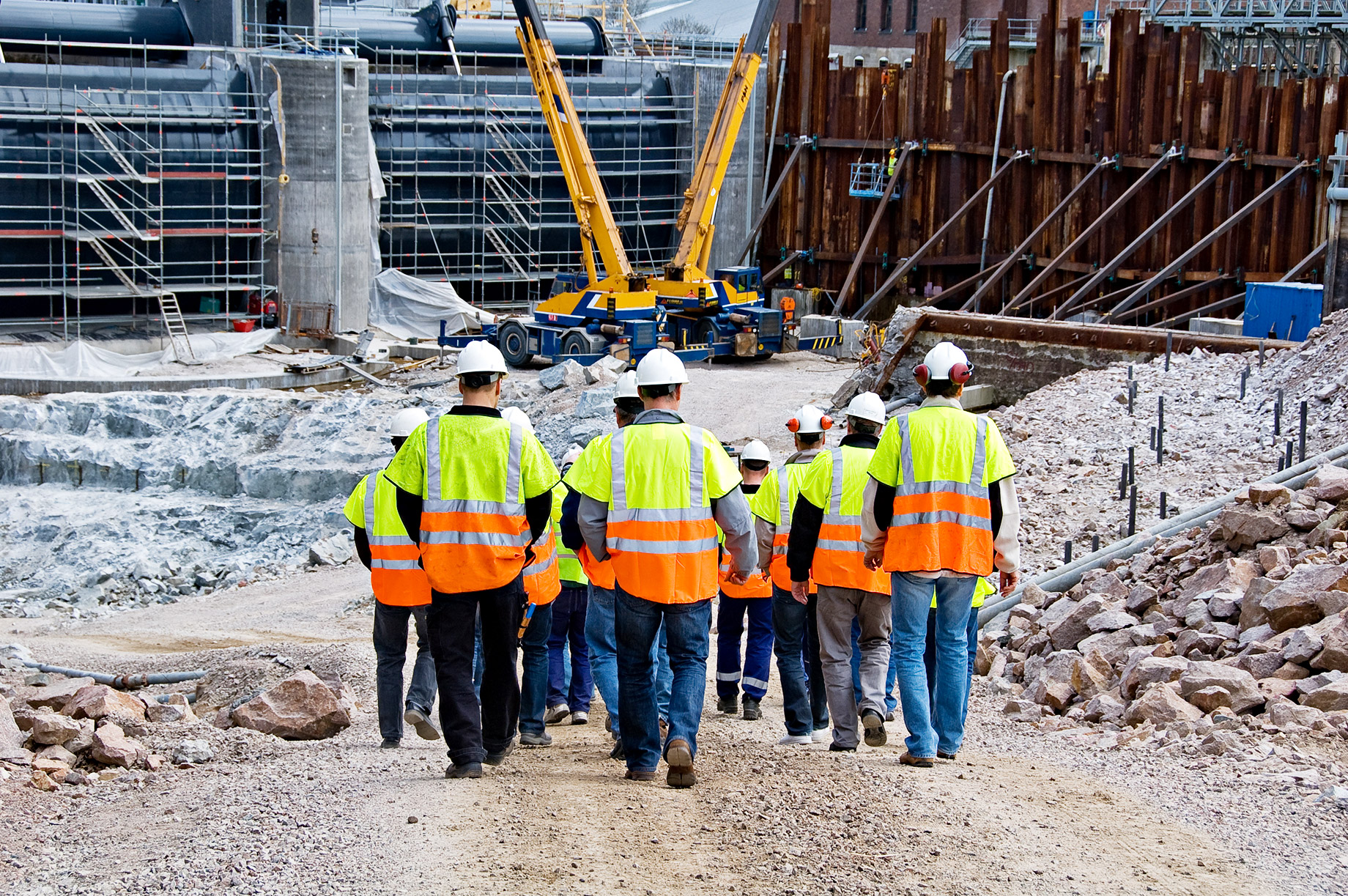
Companies must adapt as building demand continues to expand both domestically and internationally. Currently, there is a wide range of different technologies available. As a result of new advancements, construction firms continually evolve as well.
To improve project outcomes, one must first understand the essential applications and devices now accessible and how they already operate synergistically to create emergent processes. In the not-too-distant future, these processes will most certainly replace many of the isolated systems that today dominate in various industries. While technology can help design and construction, it must be integrated into a larger strategic plan.
Find out what and how technology offers to transform the construction industry.
1. Technology Is A Time Saver
Working with architects, owners, and commercial builder is smoother with technology. They can collect data on the worksite, discuss it with others, ask questions and receive feedback in real-time. Construction management, auto-archiving, online and mobile apps for reporting, file sharing, and data gathering are useful technology. Response tracking, mobile devices with automated notifications, virtual plan rooms and conference platforms, and GPS tracking are all examples.
Minutes and hours lost might add up to days and weeks wasted. A project’s progress often pauses while workers seek information or authorization. A work execution platform can automate warnings, update project documentation, and collect digital signatures. With these advances, you may reduce downtime and errors.
2. Technology Improves Construction Safety
Injuries on the job site are unavoidable in the construction industry. They bring paperwork and the potential loss of an employee for an extended-term. Construction safety has improved significantly in recent years. From robotics automation to wearable technology—technology is now making worksites safer than ever.
Robotics and automation can move heavy construction equipment and install brickwork and masonry faster and more efficiently than human employees. Moreover, wearable technologies, such as smart personal protective equipment, are now being integrated into various industries.
Smart personal protective equipment (PPE) refers to special wearable equipment. These innovations connect to the internet or Bluetooth and provide safety information to the wearer or others in the field. These wearables collect data, adapt to changing situations, and alert users to potential dangers. Here are some examples of smart PPEs:
- Smart Caps: These can detect employee fatigue and prevent mishaps. Wearable makers make devices that detect vibration and inform employees when they need to stop working to avoid injuries from excessive vibration. These are just a few instances of how wearable technology might improve construction site safety.
- Smart Safety Gloves: These are near-field communication (NFC)-enabled gloves. These gloves can read data sheets and learn about chemical and compound safety. The chips can help ensure workers wear safety gloves or the right ones for the job. Moreover, the NFC chips connect users to information on their phones or tablet since the gloves can communicate with the machinery.
3. Using Construction Innovations Saves Costs
The use of technology in construction and construction management is predicted to grow in the future as organizations realize the long-term efficiency and cost benefits. Demands for speed and quality have evolved in construction technology. Building information modeling (BIM) and aluminum formwork are some of the solutions that can significantly save money.
Using BIM, developers can add digital building representations in 3D models, improving project collaboration. This can improve building design and construction. Steel manufactured forms are used to cast beams, walls, and columns. Because the steel formwork can be reused, it reduces labor costs and saves time because the walls and slabs are already finished. Prefabricated technology reduces waste, improves air quality, and manages quality.
4. Construction Technology Can Predict Results
Using AI in construction projects allows technological advancements to collect data that may assist forecast future work. These forecasts might help you design profitable construction bids. With that said, construction specialists can write a quality contract for a client.
An AI can also forecast the outcome of future work or proposals. Errors made by employees can also be tracked and reported using this technology. This tool can help determine if and how construction operations should be corrected.
For construction planning, these methods allow for better performance and results. As a result, the possibility of breaking ground without a robust framework is avoided. This stage avoids the complications of modifying a plan mid-construction.
Having virtual designs that evolve with new data enables better quality control. Using pre-construction technological advances in the workplace transforms business models and solves difficulties.
Conclusion

The construction industry is constantly seeking new methods to innovate and improve operations. As stated above, construction technology now affects every element of the industry. Thanks to the latest equipment and technological advancements, construction businesses can take the next steps ahead.